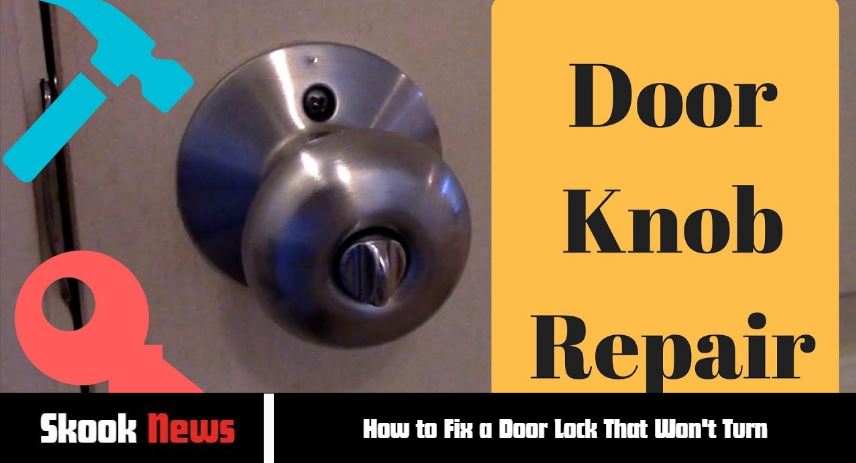Dealing with a stubborn door lock can be frustrating and inconvenient, especially when it prevents you from accessing your home or property. A door lock that won’t turn can be caused by various factors, ranging from simple issues like a misaligned door to more complex mechanical problems.
Fortunately, many of these issues can be resolved with some basic troubleshooting techniques. In this guide, we’ll explore step-by-step instructions on how to fix a door lock that refuses to turn.
How to Fix a Lock Door that Won’t Turn?
Here is a complete guide on how to fix a lock door that won’t turn.
1. Assess the Situation
Before attempting any repairs, take a moment to assess the condition of the lock. Try inserting the key and gently turning it in both directions. Pay attention to any resistance or unusual noises. This initial observation can provide valuable insights into the underlying cause of the problem.
2. Check the Key
Inspect the key for any signs of damage or wear. A bent, worn-out, or corroded key may not engage properly with the lock mechanism, preventing it from turning. If the key appears damaged, try using a spare key or consider having a new key made by a locksmith.
3. Lubricate the Lock
Over time, dirt, debris, and a lack of lubrication can cause the lock’s internal components to seize up, making it difficult to turn. Apply a small graphite lubricant or silicone spray directly into the keyhole. Insert the key and turn it twice to distribute the lubricant evenly throughout the lock mechanism.
4. Check for Misalignment
Sometimes, the door or frame may become misaligned due to settling or changes in temperature and humidity. This misalignment can put stress on the lock mechanism, causing it to bind. Inspect the door and frame for any visible signs of misalignment, such as gaps or rubbing against the door jamb. Adjust the door hinges or strike plate as needed to ensure proper alignment.
5. Examine the Deadbolt or Latch
If the lock is still not turning, the problem may lie with the deadbolt or latch mechanism. Inspect the bolt or latch to see if it is properly aligned with the strike plate. If necessary, adjust the position of the strike plate or tighten the screws to ensure a snug fit.
6. Check for Rust or Corrosion
Rust and corrosion can also impede the smooth operation of a door lock. Examine the lock’s exterior and interior components for any signs of rust or corrosion. Use a wire brush or sandpaper to remove rust buildup, then apply a rust inhibitor or corrosion-resistant lubricant to prevent future oxidation.
7. Seek Professional Help
If you’ve exhausted all troubleshooting steps and the lock still won’t turn, it may be time to enlist the help of a professional locksmith. A locksmith in Hoddesdon has the expertise and specialized tools to diagnose and repair more complex lock issues, such as internal mechanical failures or damaged lock cylinders.
Final Words
Following these steps can often resolve minor issues causing a door lock to malfunction. However, if the problem persists or you’re unsure about performing repairs yourself, don’t hesitate to contact a qualified locksmith in Epping for assistance. Remember, maintaining the security and functionality of your door locks is essential for your peace of mind and the safety of your property.

